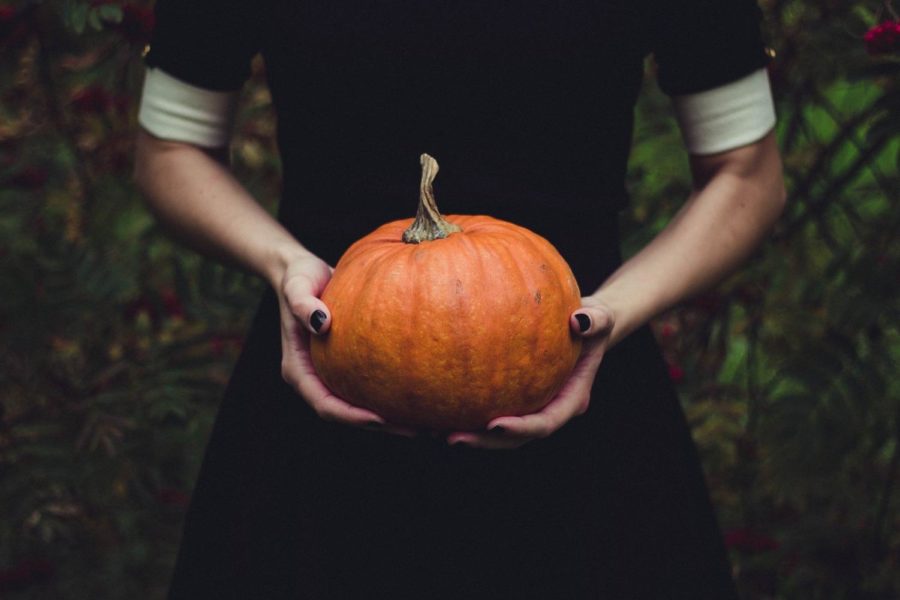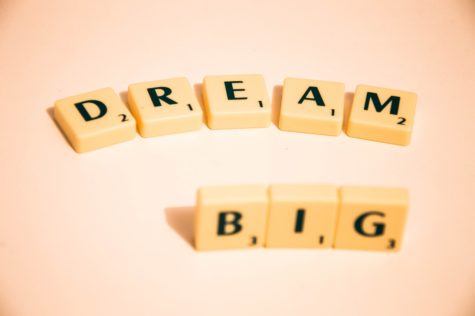The Dead Rise Again: Halloween’s History
As many of you know Halloween is right around the corner. The holiday is loved in America for its sweet treats, scary movies, costumes, and cosplays. Not many people know the actual origin of the holiday, and how it became what it is today.
Halloween began within the ancient Celtic festival known as Samhain, where people lit bonfires and wore costumes to ward off ghosts. Samhain was a festival in which the Celts would celebrate the last harvest of the year before the winter. The Celtic new year began on November 1st, and the day prior to it was when the worlds of the living and the dead mixed. October 31st was the day Samhain was celebrated, which was believed to be when the ghosts of the deceased returned to Earth. The Celts believed that the spirits made it easier for the Celtic priests to make predictions about the future, and these predictions were a comfort during their long dark winters.
In order to celebrate the return of spirits, and help with the predictions for the new year, the Celtic priests often built huge sacred bonfires. The Celtic people would then gather crops and animals to burn in the fires as sacrifices to the Celtic deities they worshiped. Throughout the celebration the Celts would dress up in costumes and attempt to tell each others fortunes. Around the closing of their celebrations, the Celts would relight the hearth fires of which they put out earlier, to help protect them in the coming winter. These traditions were continued until the Romans conquered the majority of Celtic territory by 43 AD.
While the Romans ruled over the Celts for 400 years, they combined the festival of Samhain with two other festivals. The first festival being Faralia, a day in late October, which was the day in Roman culture for them to celebrate their dead. The second was a day that celebrated Pomona, the Roman goddess of fruit and trees- her symbol was an apple. The mix of celebrating this Roman goddess, with the festival of Samhain, most likely led to the Halloween tradition of bobbing for apples.
As we fast forward to the 9th century when the influence of Christianity had spread to the Celtic lands, it began to blend with and replace Celtic rites gradually. The church marked November 2nd as, All Souls Day, a holiday to celebrate the dead, believed to be an attempt to replace the Celtic festival of the dead with a Christian alternative. All Souls Day was very similar to Samhain with the big bonfires, and people dressing up as saints, angels, and devils. The All Saints Day was also known as All-Hallows, and the night prior to it was known as All Hallows Eve which was eventually renamed Halloween.
At first, Halloween was not a widely celebrated holiday in America, because the northern colonies were rigid Protestants. It started being celebrated in the southern colonies around Maryland. As the cultures of American colonists began to mix, the first celebrations included play parties in which the people would dance, sing, tell each others fortunes, share stories of the dead, and mischief making (namely pranks). In the second half of the 19th Century, the flood of new immigrants in America, most of them being Irish fleeing the potato famine, helped to popularize the holiday of Halloween nationwide.
We have a multitude of traditions and customs of how we celebrate Halloween, some of which I am sure you didn’t know came from so long ago in our world’s history. Although the holiday didn’t start as a night full of spooky stories and endless pranks, the history is still interesting and thrilling in itself.











